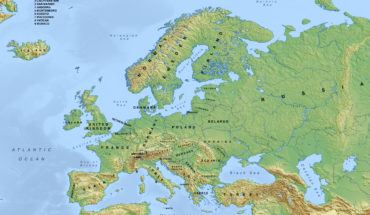Sailing is a wonderful activity but like any sport, you need the right equipment if you’re going to do it properly, effectively and safely. While the main piece of sailing equipment is arguably the boat, you need to focus on getting the appropriate sailing clothing and that means considering the following items.
Personal Floatation Device (PFD)
Lifejackets, buoyancy aids or harnesses; PFDs do exactly what they say on the tin. They are arguably the most important piece of equipment you need when sailing and according to statistics from 2010, 88% of sailors who died from drowning were not wearing these vital items.
Whilst it is not a legal requirement to wear PFDs when sailing, it is heavily advised and in the UK boats over a certain length must carry them. Any boats longer than 13.7 metres must have lifejackets, life rafts, flares and fire extinguishers on board and you’ll find both off-shore and on-shore floatation devices available to offer complete protection.
The Royal Yachting Association (RYA) stresses the importance of evaluating the level of buoyancy required from these aids with four main buoyancy levels recorded. These are 50, 100, 150 and 275 with level 50 used for situations where help is nearby while level 150 and above is for use offshore.
The RYA also advise wearers to opt for lifejackets over buoyancy aids when sailing in deep water as buoyancy aids do not clear the wearer’s mouth or head from the water’s surface. This means that if the individual is unconscious then they could end up lying face-down in the water. Lifejackets distribute the buoyancy differently so you are always positioned in a way which keeps your airways clear.
First aid
In practically any sport there is always a strong argument for first aid. This is no less true in sailing, where appropriate training and equipment can literally mean the difference between life and death.
Aside from purchasing a suitable first aid kit, sailors are also advised to undertake courses in first aid training specifically aimed at this sport. There are a number of such courses which follow RYA guidelines and look at what to do in emergency/danger situations, how to signal for help and how to use flares correctly.
Navigation
This is vital not just for ensuring you stay on course but also for preventing collisions and accidents. According to the UK Government website, regulations which concern the prevention of collisions state that sailors must fit navigational shapes, lights and sound-signalling devices to their boats as well as being equipped with an illustrated table of life-saving signals and a radar reflector. Failure to do so is punishable by prosecution.
Communication
Communication devices are also vital and a VHF radio is a simple addition which allows you to communicate with others back on the shore.
Clothing
Sailors also need to consider their choice of gear. This will vary depending on your purpose for taking to the water with wetsuits and base layers the ideal choice for those planning long distance sailing. Those with a more leisurely or recreational purpose in mind may be able to get away with more casual sailing clothing.


